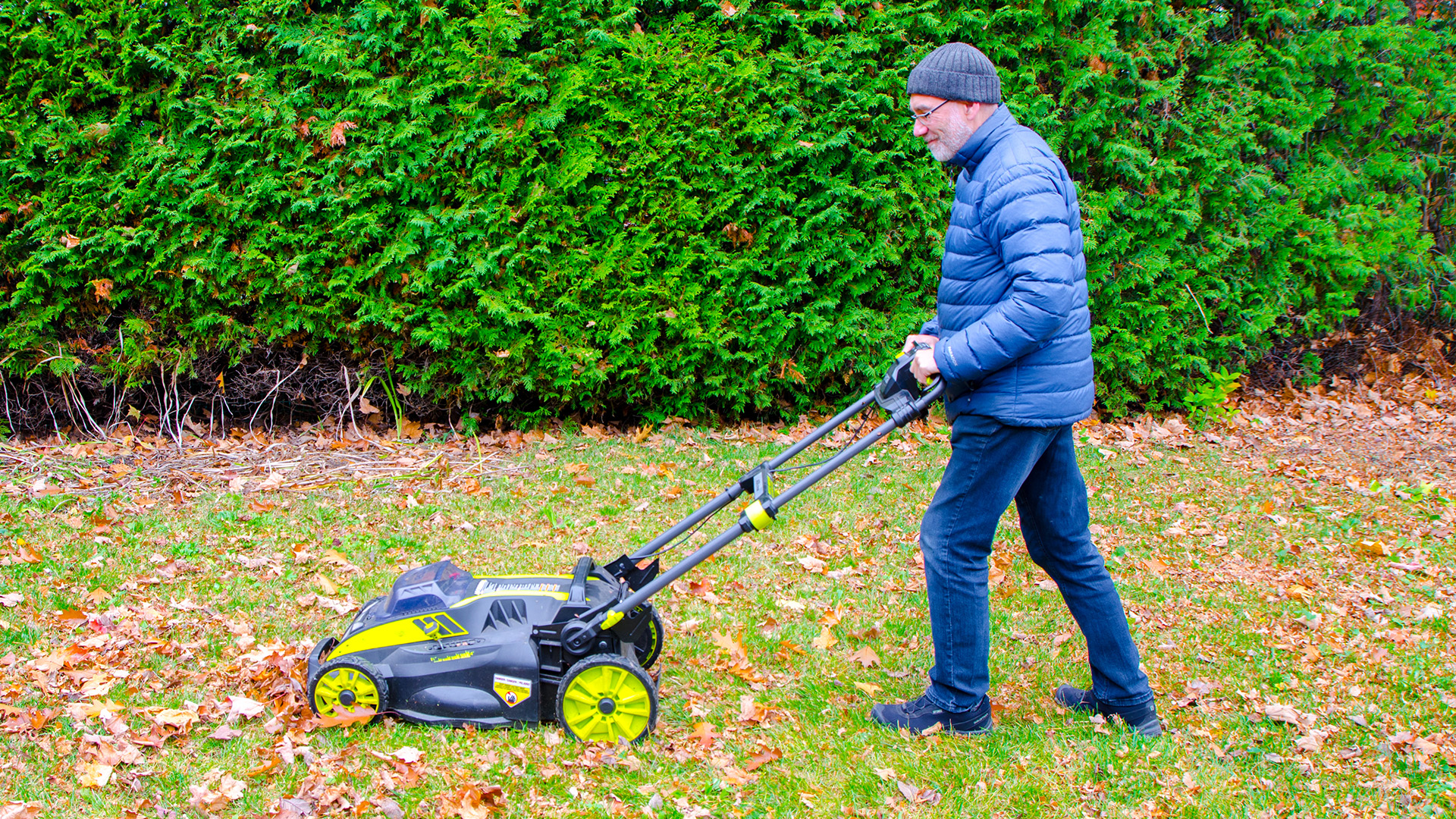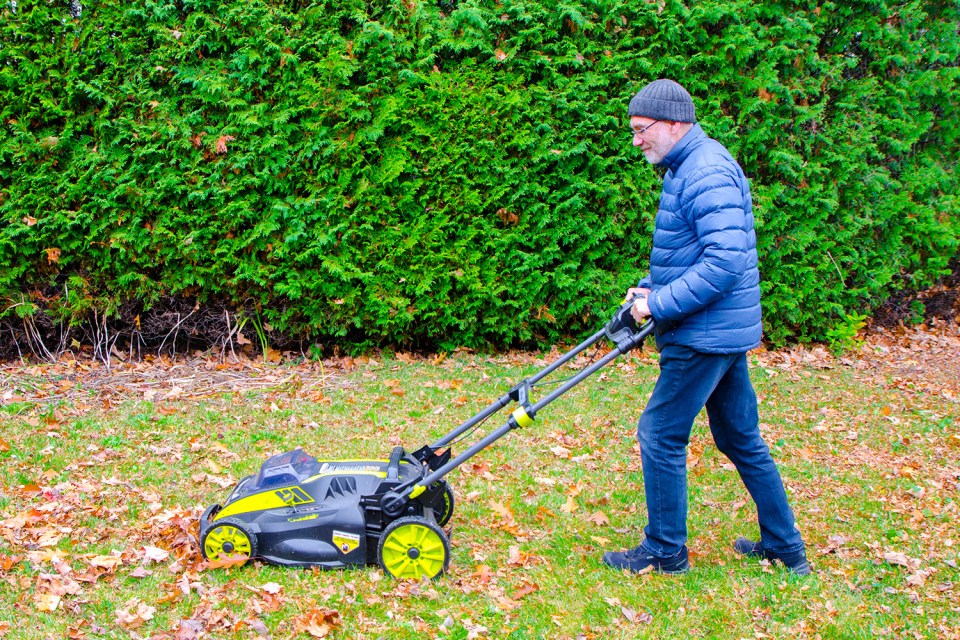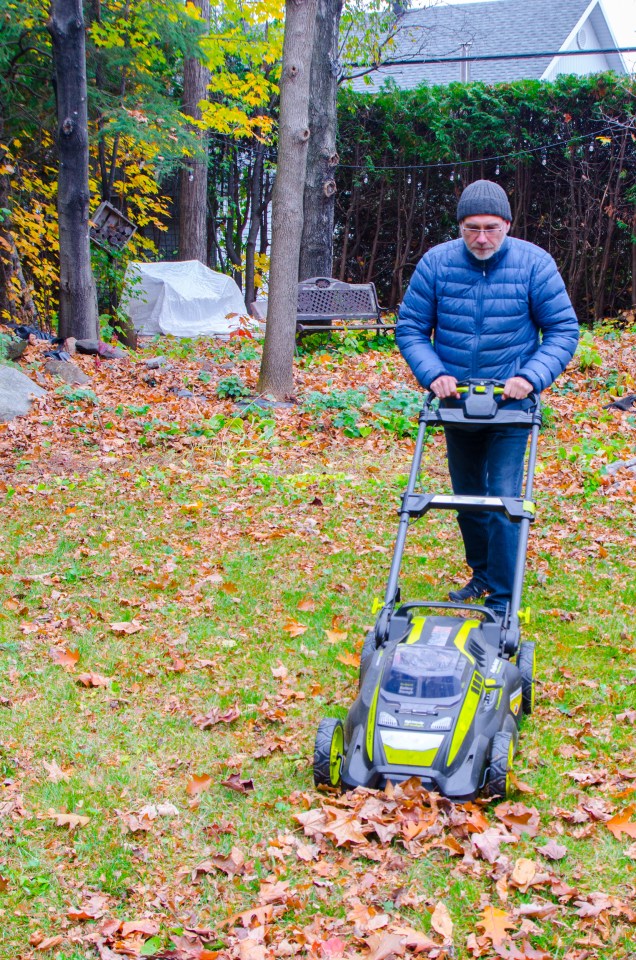Don’t skip our fall lawn care tip to avoid bald spots next year



It’s time to prepare for fall. That means raking the leaves and preparing the lawn.
The lawn care experts at The Grounds Guys have shared their gardening tips to keep the grass as full as possible next year.
She explained that specialized care is the key to a healthy, green lawn, whether you have planted warm-season grasses or cool-season grasses.
“Warm-season grasses are most commonly found in warmer areas of the United States, such as the southern states and southern California,” they explained.
“These grasses are most prolific in the summer and go dormant in the fall.”
Cool season grasses, such as Kentucky bluegrass and perennial ryegrass, are native to the Midwest, Northeast, and Canada. Their bloom period is typically in the fall.
If you have warm season grass varieties such as Bermuda or Centipede, you can put your lawn mower away for the rest of the season.
For lawn owners who live in the cold seasons, fall is a good option.
“Consider raising the height of your lawn mower to a half or full inch,” advise the experts at Grounds Guys.
“As daylight hours decrease, grass with more leaf surface area can absorb more sunlight. Cut your grass shorter again as winter approaches to prevent fungal diseases.”
To prevent warm-season grasses from turning brown in the fall, homeowners can seed their lawn with cool-season grasses, such as ryegrass.
Also, owners of cool-season lawns can overseed preventively to avoid bare spots.
The trick, however, is in the timing.
“Reseed at least 45 days before frost,” explains Ground Guys.
“This gives your seeds time to take root.”
Because the summer heat can cause the soil to become harder and more compact over the months, fall is a good time to loosen the soil.
Cool season lawn owners can benefit greatly from an aeration session. This procedure pokes holes in the soil to allow for proper distribution of water, oxygen and nutrients to the grass roots.
Warm-season lawns benefit most from spring aeration.
Fertilization can also give the grass a boost in the winter, so that it can prepare itself well for the cold.
Once again, the devil is in the details.
“For most cool-season lawns, the best time to fertilize is about six weeks before frost, which is usually October or November,” experts explain.
“There is no need to fertilize your warm season lawn in the fall. Wait until spring to bring out your favorite fertilizer.”






